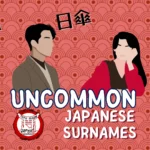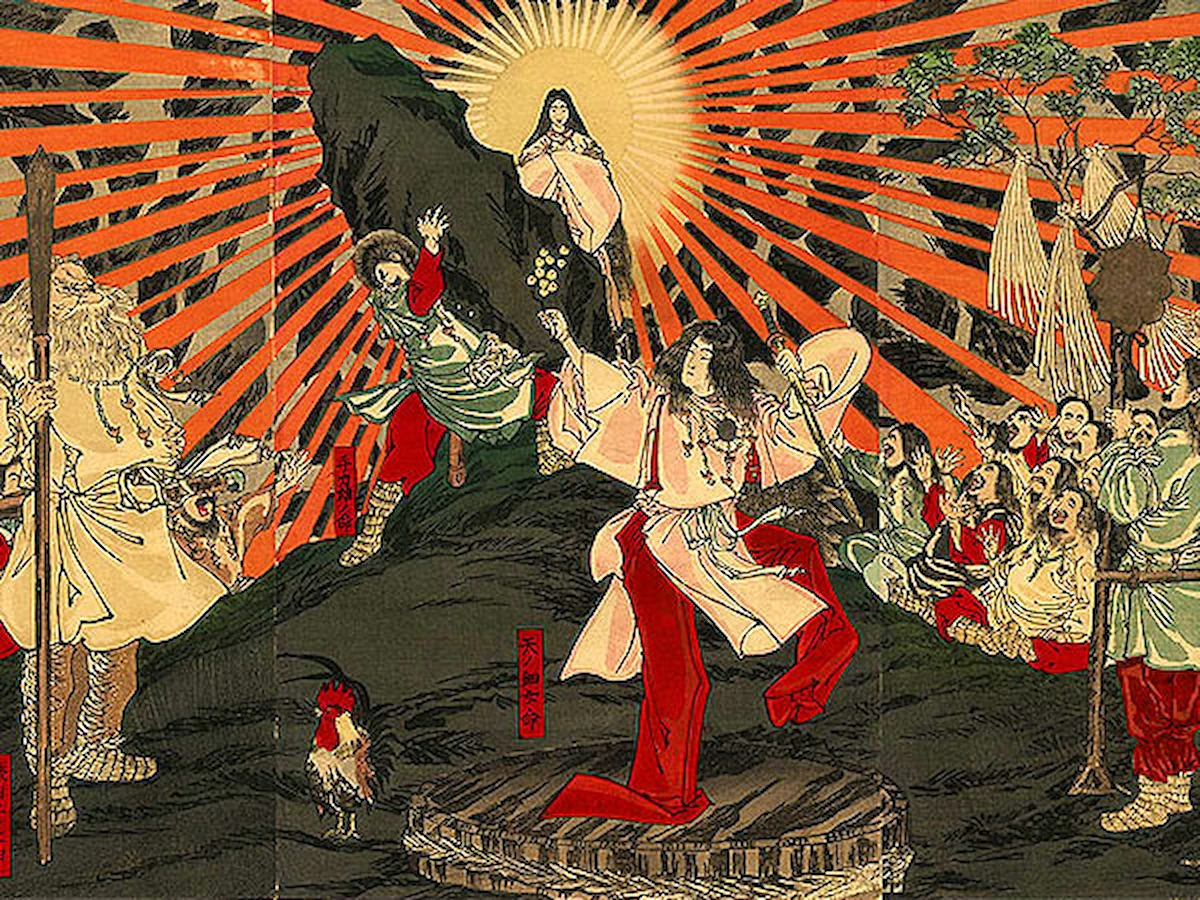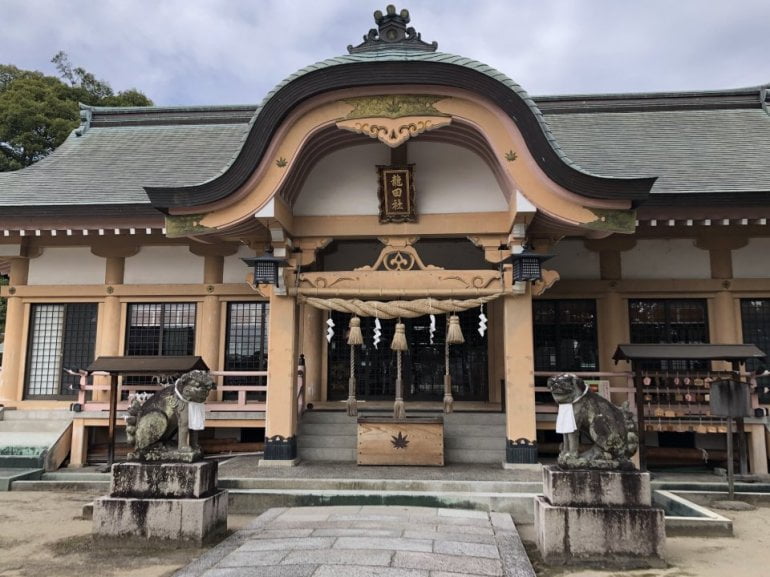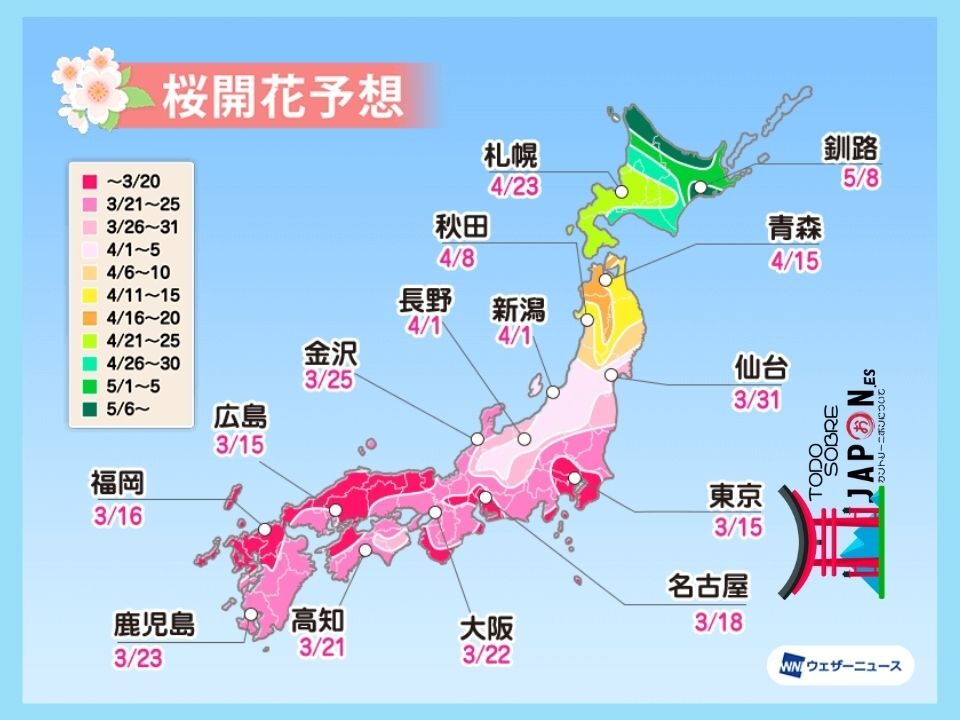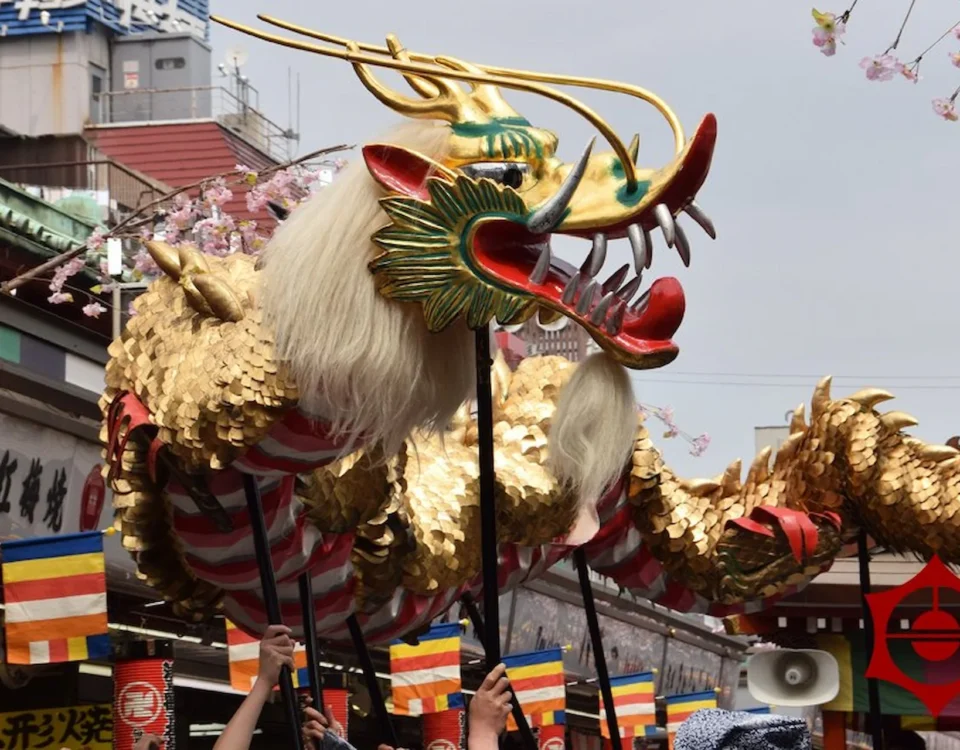Ame no Hohi 天穗日命 (アメノホヒ), is also known as Ame no Hohi no Mikoto or simply Hohi no Kami, is a Japanese deity that is part of Shinto mythology.
Ame no Hohi, is a less known and mentioned figure compared to other more prominent gods, but still has its importance in Japanese tradition, which we are going to tell you about below.
Origin of the god Ame no Hohi
Ame no Hohi is one of the gods featured in the ancient Japanese mythological text called “Kojiki” (古事記), which was compiled in 712.
In the Kojiki, the founding myths of Japan are narrated and Ame no Hohi is mentioned as one of the creator gods appearing as 天之菩卑能命, although he is known as 天穗日命 (アメノホヒ) today.
Then you may wonder who was the God Ame no Hohi?
Ame no Hohi 天穗日命 (アメノホヒ) was born from the Magatama that the goddess Amaterasu and the god Susanoo wore when they made their promise.
The name of the decomposed god means:
- Ho: means skin
- Hi: means fire
Therefore HoHi as a whole means and represents “an ear of rice whose life force burns like fire”.
In the myth of the transfer of the country, he descended as the first negotiator with the great lord, but it is said that he became the god ancestor of Izumo Kunizoku and the Doshi clan as he was.
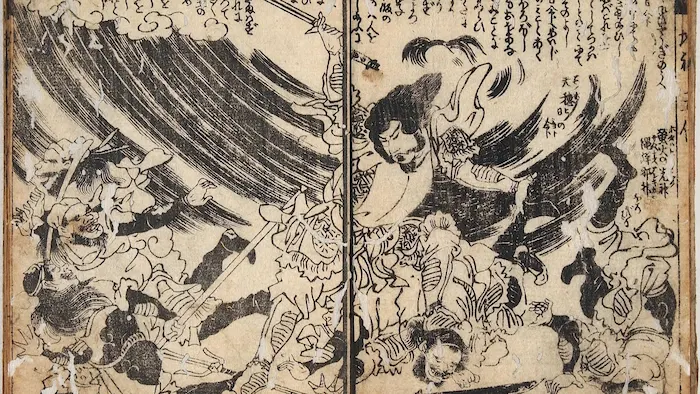
Divine function of Ame no Hohi
Although not many stories or legends are described about Ame no Hohi, he is considered a god of agriculture and prosperity.
His role would be related to the growth of crops and the fertility of the land.
- Mainly he was the God of: God of rice porridge, Agricultural God, God of sericulture, God of cotton, God of Industry.
But if you prayed and worshipped the God Ame no Hohi
- Protection of agriculture and sericulture
- Academic improvement
- Thriving business
- Good marriage
- Passing the exam
- Land development
- Fortune
- Industrial Promotion
That is why many faithful, especially from Izumo, went and go to the shrine dedicated to the God Ame no Hohi to obtain such benefits.
Legend about Ame no Hohi
There are 2 legends about Ame no Hohi, one very different from the other, we are going to write both of them for you, but we will go more into the famous one.
Myth of the cession of the country according to Kojiki with Ame no Hohi
The myth of the cession of the country, also known as “Kuni yuzuri no Kami” (国譲りの神), is an important part in the Japanese mythology narrated in the Kojiki.
In this legend, it is told how the ruler of Izumo province, named Okuninushi, decides to cede control of the country to the Tenjin gods of Takamagahara (god of the sky) and how Ame no Hohi plays a crucial role in this story.
The legend of Ame no Hohi is as follows:
Okuninushi was a god and ruler of Izumo province, known for his wisdom and skills in medicine and healing. However, despite his wisdom and skills, he had a rivalry with his brothers, who wished to rule over Izumo in his place.
One day, the gods sent Ame no Hohi as the first heavenly messenger to visit Okuninushi. Ame no Hohi was sent with an offer for Okuninushi to cede control of Izumo to the Tenjin gods of Takamagahara.
In receiving the divine messenger, Okuninushi showed great wisdom and prudence. Instead of resisting or rejecting the gods’ offer, he decided to consult Susanoo for advice.
Susanoo, known for his mischievous nature, suggested that Okuninushi ask the gods for a divine test to prove his legitimacy as ruler. The gods agreed and proposed a series of tests, which included asking Okuninushi to bathe in a river and exchange his clothes for a divine garment, which would not get wet in the water.
Okuninushi successfully passed all the divine tests, which impressed the gods and confirmed his right to rule Izumo. Recognizing his wisdom and abilities, the gods finally accepted Okuninushi’s cession of the country.
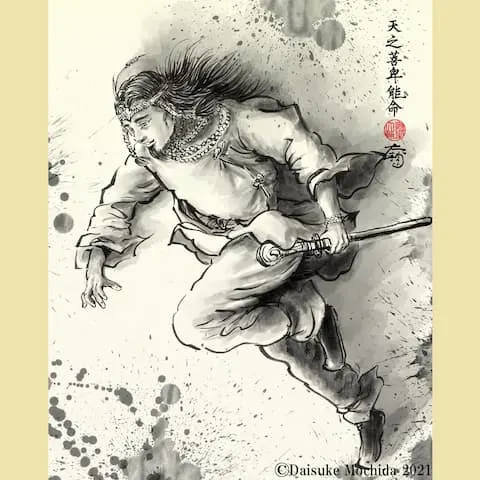
Despite ceding control of the country to the Tenjin gods, Okuninushi was not completely displaced and still retained his importance and position in Japanese mythology as the “High Priest” and the god of medicine and healing.
This legend illustrates the theme of the transition of power and respect for wisdom and righteous judgment in Japanese mythology.
In addition, the god Ame no Hohi plays a significant role as the heavenly messenger who initiates the cession of the country and sets an important precedent for the relationship between the gods and the human ruler.
The other myth of Ame no Hohi
The story unfolds in the form of Amaterasu Okami, and the supreme commander of Takatengen, sending messenger gods to earth one after another as a negotiator to force Okuninushi to surrender him.
The first messenger to appear is Amenohohi.
Amenohohi, who descended to earth, was completely satisfied while persuading the god Okuninushi. They forget their mission and live on earth, and even after 3 years, they do not report anything to Takatengen and fail in their main role.
Later, when the other messengers managed to pacify the land, they continued to serve the god Okuninushi, and it is said that Amenohohi and his son Tatehira Torimei became the ancestor gods of Izumo Kunizoku and the Doshi clan.
They treat him as a disloyal god with a weak will to sabotage his role, which is why this myth is not so well known or loved.
Shrines where the God Ame no Hohi is worshipped
| Kiryu Tenmangu 桐生天満宮 | 群馬県桐生市天神町1-3-1 |
|---|---|
| Moroyama Izumo Ibobi 出雲伊波比神社 | 埼玉県入間郡毛呂山町岩井西5-17-1 |
| Kameido 亀戸天神社 | 東京都江東区亀戸3-6-1 |
| Fukagawa 深川神社 | 愛知県瀬戸市深川町11 |
| Kaiyu Tenho Nichinomiya 天穂日命神社 | 京都府京都市伏見区石田森西66 |
| Watamuki Mamioka Minka 馬見岡綿向神社 | 滋賀県蒲生郡日野町村井711 |
| Amahoninushi 天穂日命神社 | 鳥取県鳥取市福井字・宮ノ谷361 |
| Nogi Shimane 能義神社 | 島根県安来市能義町366 |
| Izumo Taisha 出雲大社 | 島根県出雲市大社町杵築東195 |
| Hachioji 八王子宮 | 高知県室戸市浮津二番町66 |
| Mineben kago 枚聞神社 | 鹿児島県指宿市 開聞十町1366 |
| Dazaifu Tenmangu 太宰府天満宮 | 福岡県太宰府市宰府4-7-1 |


